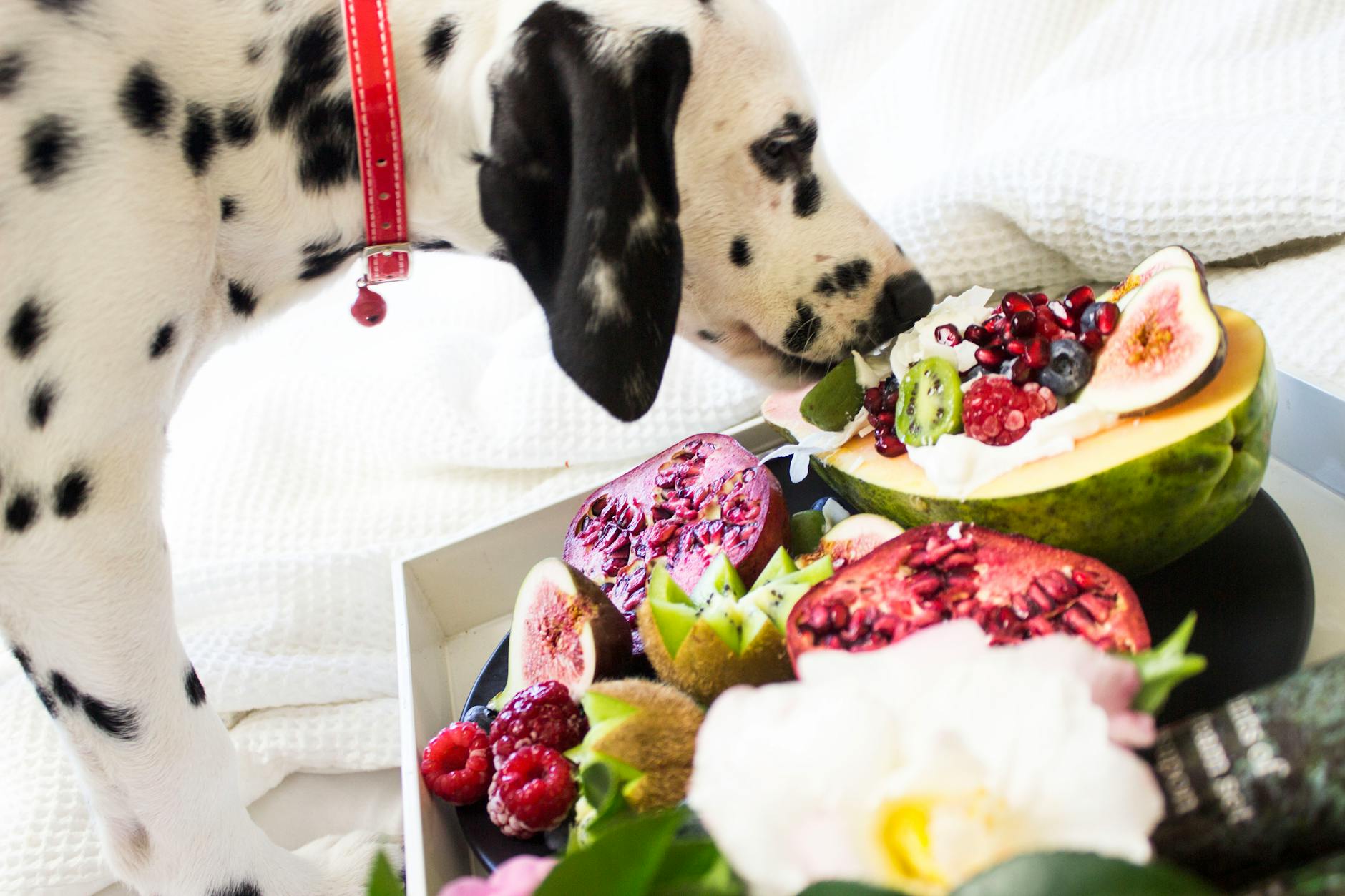Ultimate Dog Conditioning Guide for Pup Parents

Ultimate Guide to Canine Conditioning: Fitness, Nutrition, and Training for Your Dog’s Well-Being
As a devoted dog owner, ensuring your canine companion's health and happiness is a top priority. This guide brings together expert advice to help you develop an optimal conditioning routine for your furry friend. From fitness to nutrition and training, we've got you covered.
Dog Fitness & Exercise
Regular physical activity is essential for maintaining a healthy weight, improving cardiovascular health, and reducing the risk of behavioral problems due to pent-up energy. Here’s how you can keep your dog in tip-top shape:
Schedule Regular Walks
- Frequency: Aim for at least one walk per day, though some breeds may require more.
- Intensity: Adjust the walk's intensity to your dog’s breed, age, and health status.
Incorporate Playtime
- Toys: Use fetch toys, frisbees, or tug-of-war ropes to encourage active play.
- Dog Parks: Visiting dog parks can provide both exercise and socialization opportunities.
Try Dog Sports
- Agility: Navigate obstacle courses to improve your dog’s coordination and stamina.
- Flyball: Engages both mind and body as dogs race to catch a tennis ball.
Dog Nutrition
A balanced diet is vital for your dog’s overall well-being. Here’s what to consider:
Choose Quality Food
- Ingredients: Look for high-quality protein sources as the main ingredient.
- AAFCO Standards: Ensure the food meets the Association of American Feed Control Officials (AAFCO) guidelines.
Understand Portion Sizes
- Consult with a Vet: Determine the proper portion size based on your dog’s breed, size, and activity level.
Supplements
- Omega Fatty Acids: Promote a healthy coat and skin.
- Glucosamine: Supports joint health, particularly in older dogs.
Training Routines
A well-trained dog is a happier dog. Consistent training routines build trust and prevent behavior problems.
Basic Obedience Training
- Commands: Teach basic commands like sit, stay, come, and heel.
- Positive Reinforcement: Reward desired behaviors with treats, praise, or play.
Behavioral Training
- Socialization: Expose your dog to various environments and other animals to prevent anxiety and aggression.
- Problem-Solving: Address unwanted behaviors like jumping, barking, or digging through dedicated training methods.
Engage the Mind
- Puzzle Toys: Stimulate your dog’s mind with interactive toys that require problem-solving.
- Trick Training: Teaching tricks can enhance mental stimulation and strengthen your bond.
Regular Health Check-ups
Regular vet visits are key to monitoring and maintaining your dog's health. Here’s what to consider:
Annual Examinations
- Preventive Care: Keep up with vaccinations, flea, tick, and heartworm prevention.
- Dental Health: Regular dental check-ups and cleanings prevent gum disease.
Monitor Health Changes
- Behavioral Changes: Be alert to any changes in appetite, activity level, or demeanor.
- Early Detection: Early identification of issues can lead to more effective treatments.
Establish a Relationship with Your Vet
- Communication: Keep an open dialogue with your vet about any concerns or questions.
- Records: Maintain accurate health records, including vaccination dates and medical history.
Creating an overall conditioning plan for your dog will require consideration of its unique needs and lifestyle. By following these expert tips, you can ensure your canine companion enjoys a fit, healthy, and joyful life. Remember, always consult with your veterinarian before making significant changes to your dog's diet or exercise routine. Happy conditioning!